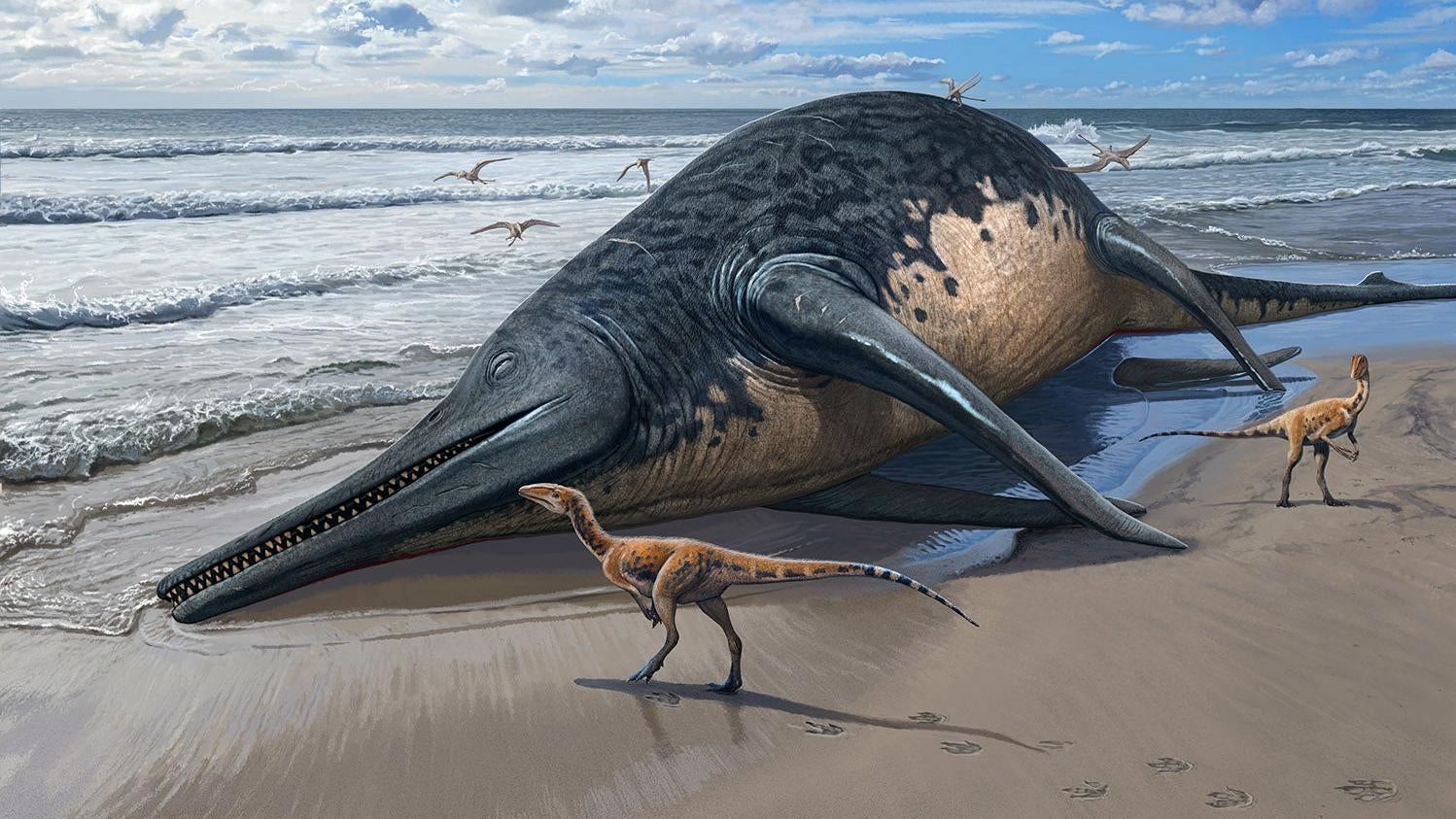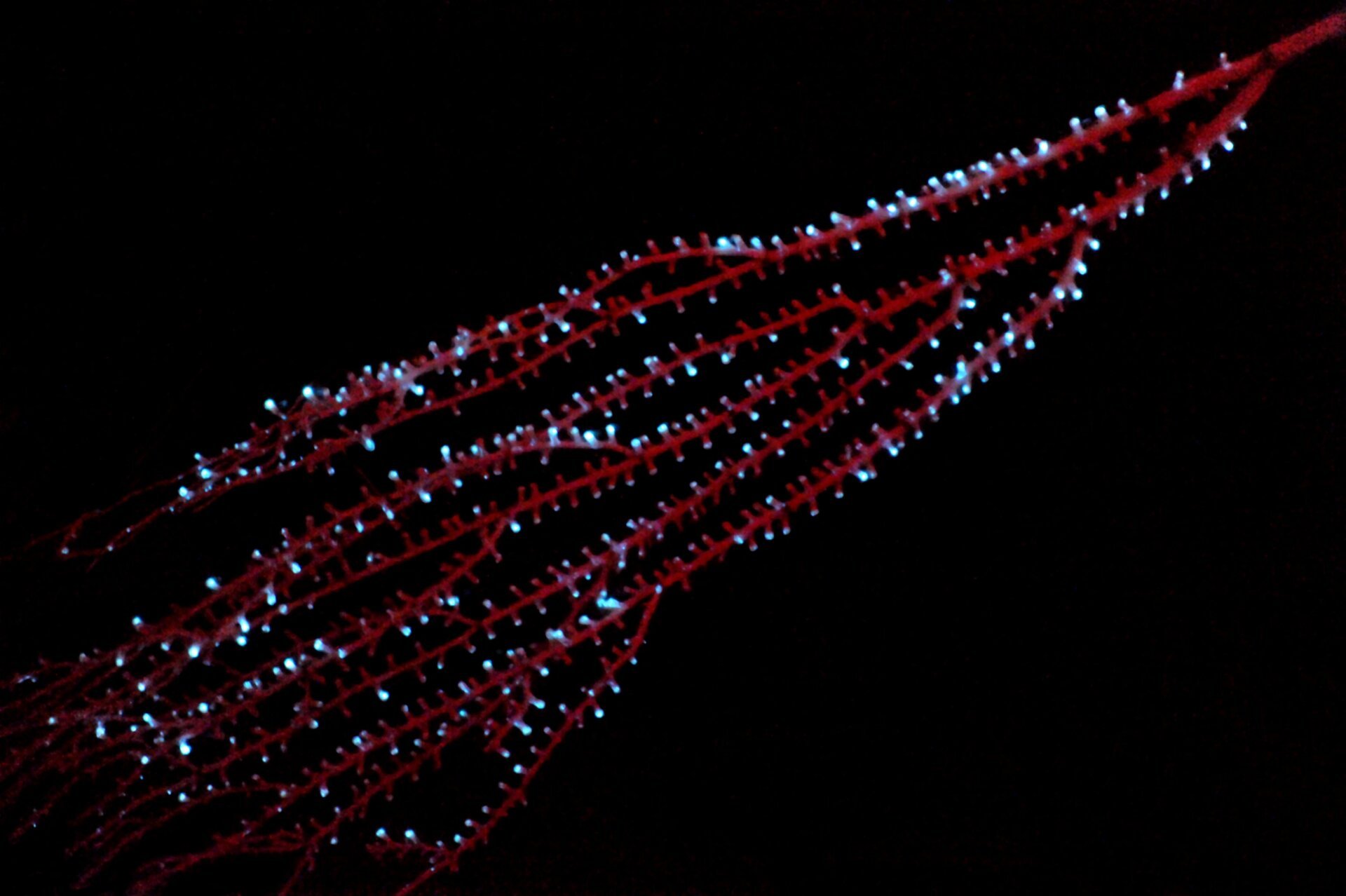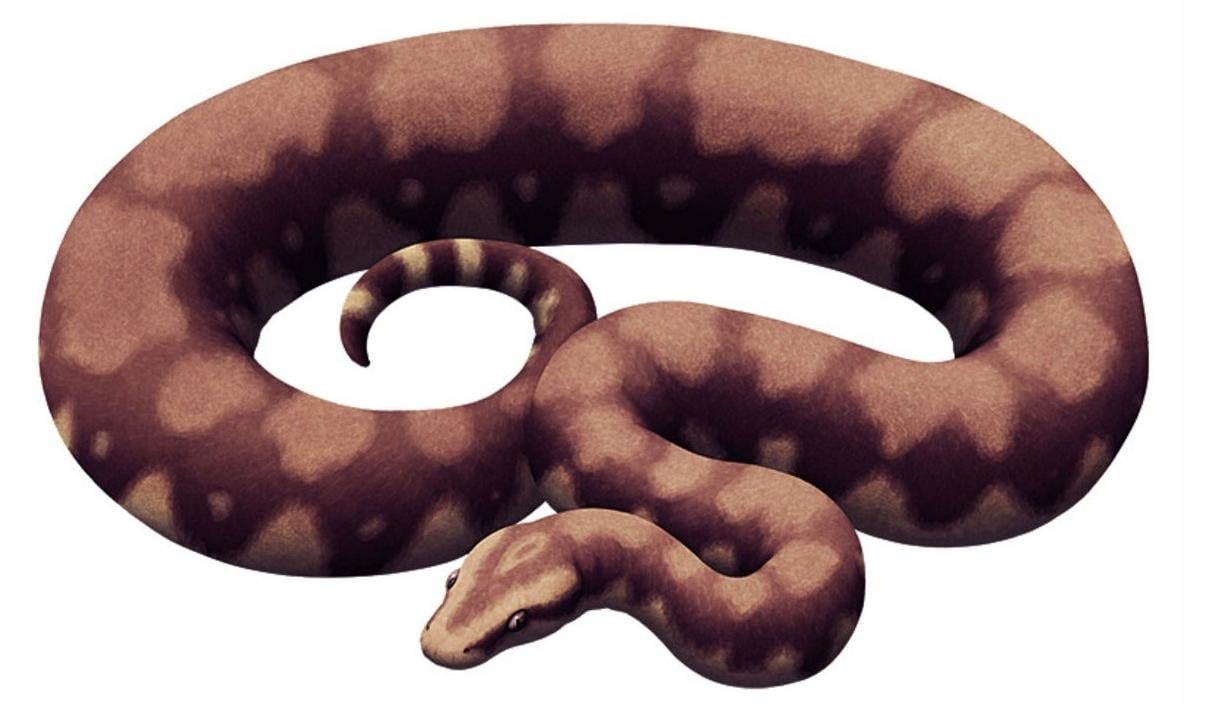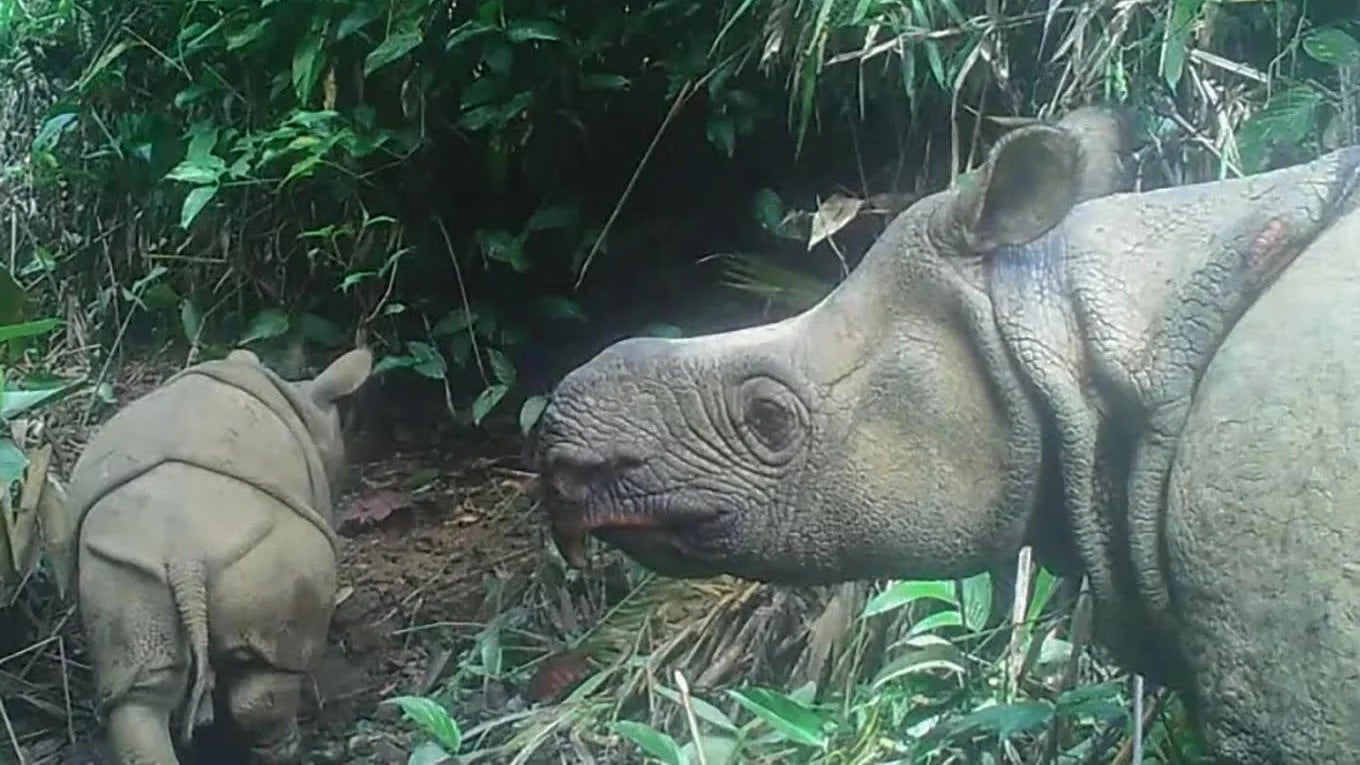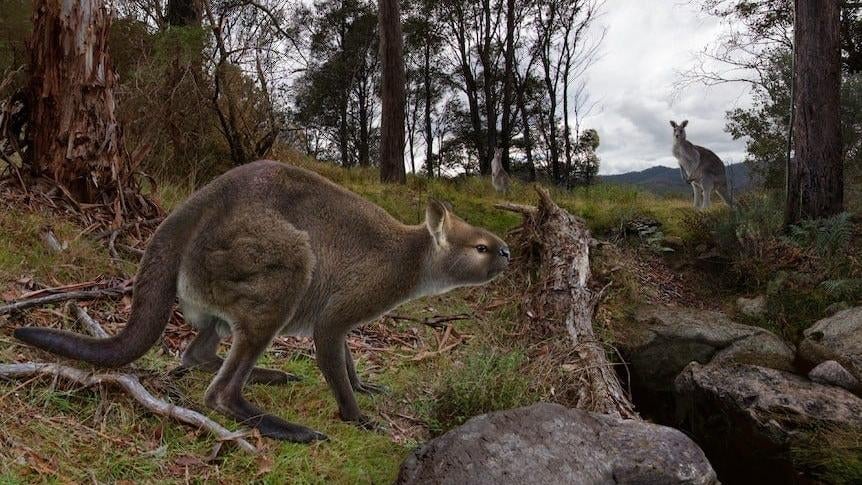A jawbone discovered in Somerset, England, hints at the existence of a colossal marine reptile, possibly the largest ichthyosaur ever recorded. This new species, tentatively named Ichthyotitan severnensis, may have exceeded 80 feet in length, rivaling the size of blue whales, long considered the largest animals known to science. This groundbreaking discovery was detailed in a study published in PLoS One.
While the estimated length is based on the jawbone’s size, if accurate, I. severnensis could have been about 10 feet longer than Shonisaurus sikanniensis, the previous record holder for largest ichthyosaur. Ichthyosaurs were marine reptiles that thrived during the Mesozoic Era, eventually disappearing around 90 million years ago. Although they coexisted with dinosaurs for a significant period, they occupy a distinct branch on the evolutionary tree. The largest ichthyosaurs belonged to the shastasaurid group, ranging from approximately 20 to over 60 feet long, with I. severnensis potentially representing the largest known member.
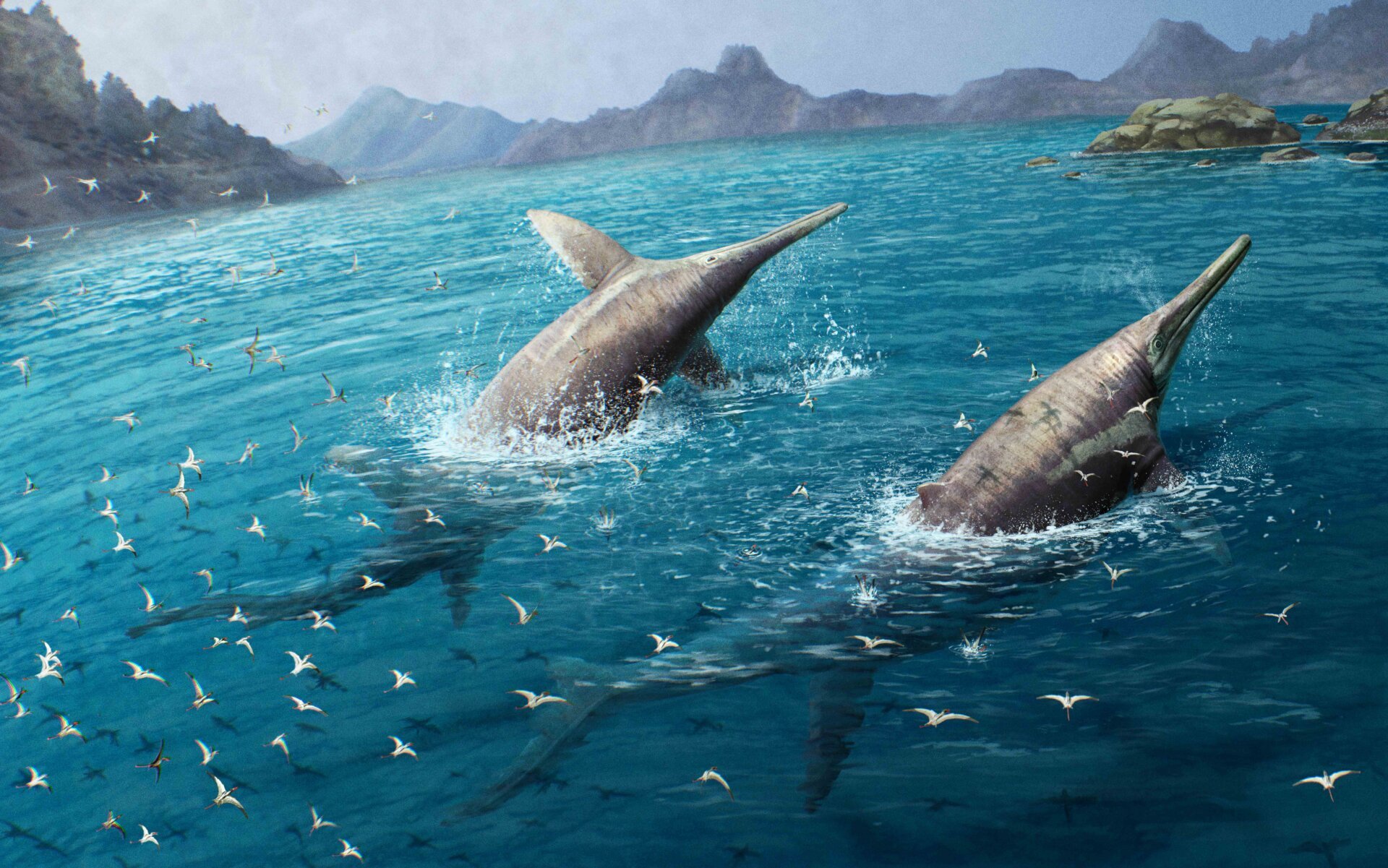 Paleoart of two I. severnensis swimming.Paleoart depiction of two I. severnensis. Illustration: Gabriel Ugueto
Paleoart of two I. severnensis swimming.Paleoart depiction of two I. severnensis. Illustration: Gabriel Ugueto
Ichthyosaur fossils are prevalent across Europe. In 2022, researchers identified three such fossils in the Swiss Alps at an altitude of 9,000 feet. Other recent discoveries include an ichthyosaur fossil containing a fossilized embryo and another preserving the remnants of its last meal. However, only shastasaurids attained such immense sizes, approaching, but not quite reaching, the dimensions of blue whales. As noted by Heinz Furrer, a paleontologist at the University of Zürich, there was a notable diversity of large ichthyosaurs towards the end of the Triassic period, just prior to the mass extinction event around 201 million years ago. These creatures, along with a roughly contemporaneous find in British Columbia, represent the largest marine reptiles ever documented.
Recent research has also clarified the classification of several large bone fragments found across Europe over the past 150 years, confirming their belonging to giant ichthyosaurs rather than dinosaurs. Evidence of shastasaurids is primarily found in their fossilized teeth and vertebrae. Martin Sander, a leading paleontologist, describes the intrigue surrounding these fossils, highlighting their dominance in ancient oceans despite the limited understanding of their appearance.
The current discovery builds upon a 2018 finding of a 205-million-year-old jawbone from the same region in Somerset. Comparisons with the jawbone of Shonisaurus sikanniensis suggested that the 2018 specimen belonged to an even larger creature. Dean Lomax, a paleontologist at the University of Manchester and lead author of the recent study, expressed the anticipation of further discoveries, emphasizing the significance of the new, more complete specimen. Interestingly, the surangular bone also contains bivalve fossils and trace fossils, indicating scavenging activity by other ancient organisms.
The blue whale, reaching lengths up to 100 feet and weighing around 200 tons, remains the largest known animal. While I. severnensis doesn’t quite surpass the blue whale’s length, it significantly narrows the gap. It also dwarfs the largest extant marine reptile, the saltwater crocodile, which reaches a maximum length of approximately 17 feet, still smaller than the smallest shastasaurids. The naming of Ichthyotitan provides a more concrete way to discuss this impressive creature, despite the limited fossil evidence available.
While the blue whale holds the title of largest known animal, I. severnensis represents a significant discovery in the realm of ancient marine reptiles. The ongoing research into ichthyosaurs continues to reshape our understanding of prehistoric marine ecosystems.



